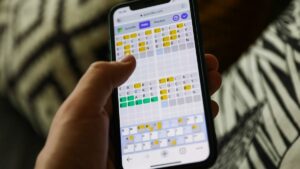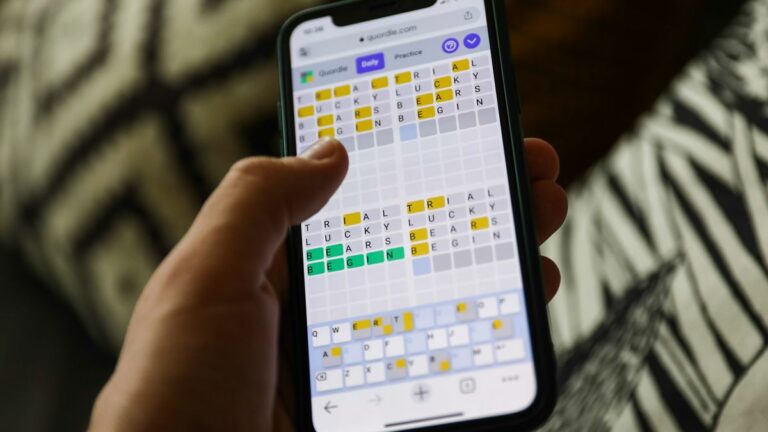We might someday be able to have replacement insulin-making cells on demand. Scientists in China have presented early clinical trial data suggesting that a person’s stem cells can be turned into a steady supply of the pancreatic cells responsible for producing insulin. If truly successful, such a treatment would essentially cure type 1 diabetes.
While much less common than type 2 diabetes, type 1 still affects about two million Americans. Once a death sentence, the autoimmune condition can now be managed through regular doses of artificial insulin. But even today, people with type 1 have a shorter life expectancy than the general population. Scientists have long been trying to develop a permanent way of treating type 1, and it’s possible that this newest research could be a preview of what that would look like.
The large group of researchers collaborated for a small but crucial phase I trial, which included three type 1 patients. The patients had cells removed from them that were first converted into pluripotent stem cells, so-called building block cells that have the potential to mature into many other different types of cells. These cells were chemically induced to mature into insulin-making pancreatic islets—the same cells that are destroyed by the wayward immune system of someone with type 1 diabetes. These substitute islets were then injected into the abdomens of their patients. The abdomen was chosen specifically so the researchers could better observe their patients’ progress and because it would be easier to remove the islets if something went wrong.
On Monday, in the journal Cell, the scientists published the one-year findings from their first patient, a 25-year-old woman (the trial was staggered, meaning the other patients received their treatment later).
According to the paper, the woman started producing enough insulin to no longer require injections 75 days after the experimental procedure. By the fourth month, her long-term glucose levels resembled that of a non-diabetic person. A year later, she was still producing insulin and had her blood sugar well-controlled, with no signs of any transplant-related issues.
“Promising results from this patient suggest that further clinical studies assessing [chemically induced pluripotent stem-cell-derived]-islet transplantation in type 1 diabetes are warranted,” the researchers wrote.
These results, encouraging as they are, are still preliminary. Phase I trials are primarily meant to test the safety of an experimental treatment, not to definitively show that it works as hoped. The history of stem cell research in particular has been filled with promising starts followed by late-stage failures and fraudulent scams, perhaps meriting some added caution about any early claimed success. The scientists also note that their patient was already on immune-suppressing drugs due to an earlier liver transplant. So it’s not yet known whether her immune system could someday turn on these islets, or whether the stem cell treatment can ensure sustained insulin production in others with a different medical history.
Still, if these findings are replicated in the team’s other two patients, and in larger clinical trials, this treatment could very well represent a functional cure for a difficult and life-shortening condition. Here’s hoping for the best.




















+ There are no comments
Add yours